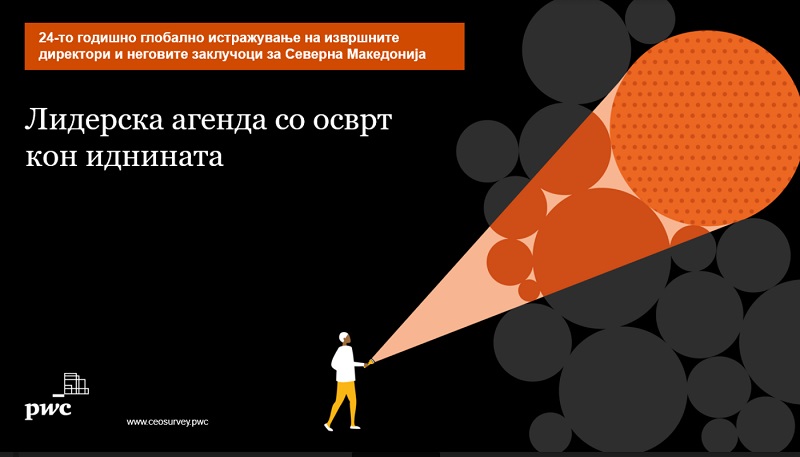


In the past decade, methadone increasingly has been prescribed for treatment of pain. Methadone has been in use for more than 50 years, while buprenorphine was first approved for opioid treatment in 2002. Two narcotic pain relievers-methadone and buprenorphine-are used to treat addiction to opiates/opioids (i.e., heroin and narcotic pain relievers) by reducing craving and withdrawal symptoms. Multiple drugs may be combined with narcotic pain relievers therefore, estimates of visits involving specific drugs may add to more than the total number of visits, and percentages may add to more than 100 percent. In the remaining 56 percent of these visits, additional drugs were involved. The narcotic pain relievers in these visits may have been misused or abused or they may have been used appropriately but mixed with other drugs that were being abused or misused.Īmong narcotic pain reliever-related ED visits involving nonmedical use that occurred in 2011, 44 percent involved narcotic pain relievers only (Table 1). Furthermore, there are several different reasons why nonmedical use of pharmaceuticals may occur, and when multiple drugs are involved, they may have been taken for different reasons. When a single drug is involved, the ED visit can be attributed to that drug (whether it was the direct cause of the visit or a contributing factor), but when multiple drugs are involved, the visit cannot be attributed to a single drug. To understand the role of narcotic pain relievers or any other drug involved in a drug-related ED visit, it is important to differentiate between the visits that involved a single drug and those that involved multiple drugs. Nonmedical use of pharmaceuticals includes: (1) taking more than

To be a DAWN case, an ED visit must have involved a drug, either as the direct cause of the visit or as a contributing factor. DAWN can be used to track narcotic pain reliever-related ED visits involving nonmedical use. The Drug Abuse Warning Network (DAWN) was a public health surveillance system that monitored drug-related emergency department (ED) visits in the United States.

9 The numerous efforts implemented to reduce nonmedical use of narcotic pain relievers could potentially ease the public health burden related to misuse of these medications. 8 Furthermore, educational information has been disseminated to warn the public that narcotic pain relievers are as dangerous as illegal drugs if used nonmedically. 6,7 At the same time, Risk Evaluation and Mitigation Strategies enable practitioners to safely provide narcotic pain relievers for patients in pain. 5 Further safety improvements include guidelines establishing a maximum recommended daily dose and new drug formulations that have abuse deterrent properties. 3,4 Strategies for pain management and risk assessment have been developed for physicians and pharmacists to improve awareness of the problem of narcotic pain reliever abuse. Many states have established electronic databases to monitor suspected abuse or diversion and have passed laws that curb “pill mills” (i.e., clinics employing physicians that deviate from accepted medical practice when prescribing medications) and “doctor shopping” (i.e., patients who receive similar medications from multiple providers simultaneously). This prompted the development of new policies to identify and prevent nonmedical use. The increasing misuse of narcotic pain relievers over the past decade led to concomitant increases in morbidity and mortality. An unprecedented rise in overdose deaths involving narcotic pain relievers occurred between 19. 1 Nonmedical use can lead to drug dependence and medical emergencies. Although narcotic pain relievers offer important medical benefits when used appropriately, these drugs can have serious health consequences when taken without medical supervision, in larger amounts than prescribed, or in combination with alcohol or other prescription or over-the-counter (OTC) drugs. Chemically similar to heroin, they also have the potential to produce a feeling of euphoria. Narcotic pain relievers are prescription pain medications that act on the brain to provide relief from pain.


 0 kommentar(er)
0 kommentar(er)
